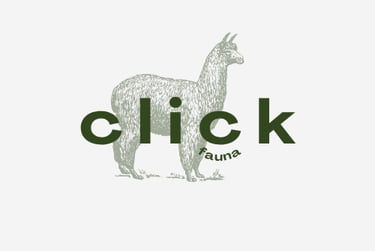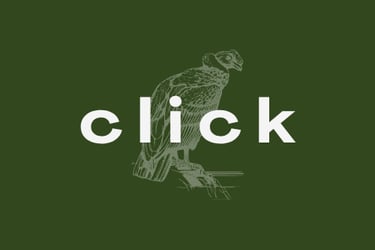Andean Northwest
Where the Andes blend with jungles, deserts, and ancient cultures


The Andean Northwest, shared by Argentina and Chile, is a region of extraordinary contrasts. Here, the Andes reveal their diversity in surprising ways: from the subtropical Yungas forests to the high, arid plains of the Puna and the Atacama Desert, the driest in the world.
This mosaic of ecosystems hosts rich biodiversity and an ancestral culture deeply connected to the landscape. In the Yungas, cloud forests shelter species such as the South American tapir, caí monkeys, toucans, forest turkeys, and a unique variety of amphibians and orchids. It is a vital biological corridor between the Andes and the Chaco, increasingly protected thanks to community initiatives and private reserves.
Ascending higher, the vegetation thins, giving way to the high Andean Puna: a world of salt flats, high-altitude lagoons, dry grasslands, and dormant volcanoes. Iconic species inhabit these extreme lands, including vicuñas, Andean rheas, Andean foxes, James’s, Andean, and Chilean flamingos, and rare birds such as the puna ibis and the pallapallá.
On the Chilean side, the Atacama Desert impresses with its otherworldly landscapes: geysers, rock formations, multicolored lagoons, and skies of unparalleled stellar purity. Amid this harsh environment, life persists and amazes: culpeo foxes, vizcachas, giant cacti, and hundreds of bird species adapted to extreme aridity.
But this region is not only a natural journey; it is also a cultural one. Quechua, Aymara, Colla, and Atacameña communities preserve traditional agricultural practices, syncretic festivals, and a worldview profoundly connected to the land and sky.
With Click Fauna, we explore this region with respect, always seeking a balance between wildlife encounters and valuing its peoples and landscapes. From walks among centuries-old cacti to boat trips on high-altitude lagoons or visits to indigenous reserves, each experience is a bridge between nature, culture, and conservation.






















